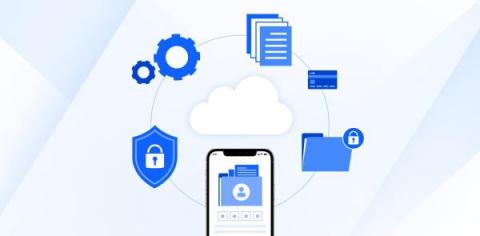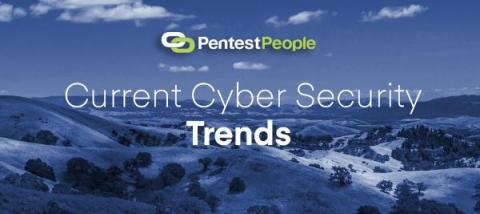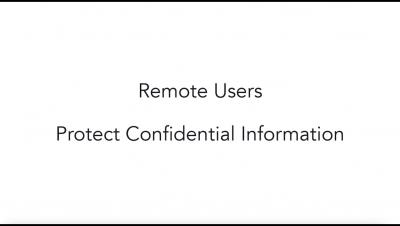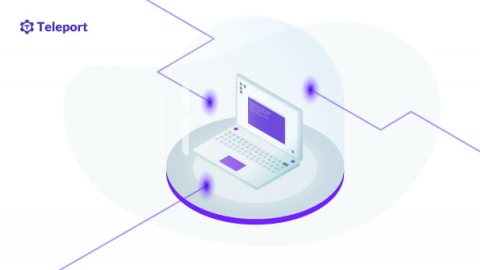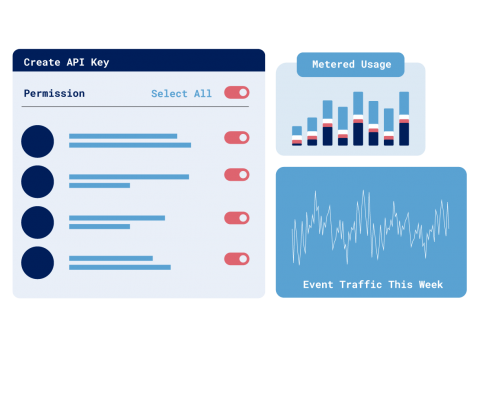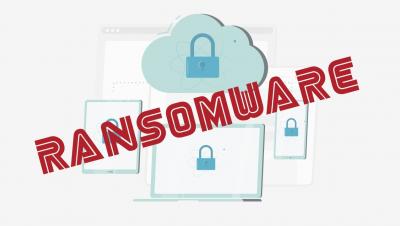Improving Information Security in the Age of Remote Work
Remote work has become popular among employees. 74% of workers say they would be less inclined to leave a company if they could work from home. No commuting, better work-life balance, greater flexibility, and increased motivation attract employees to telecommuting. Although companies offer remote work, data security concerns them. Employees might use unsecured wifi networks, leave their computers and laptops unattended, or carry confidential documents to public locations.


